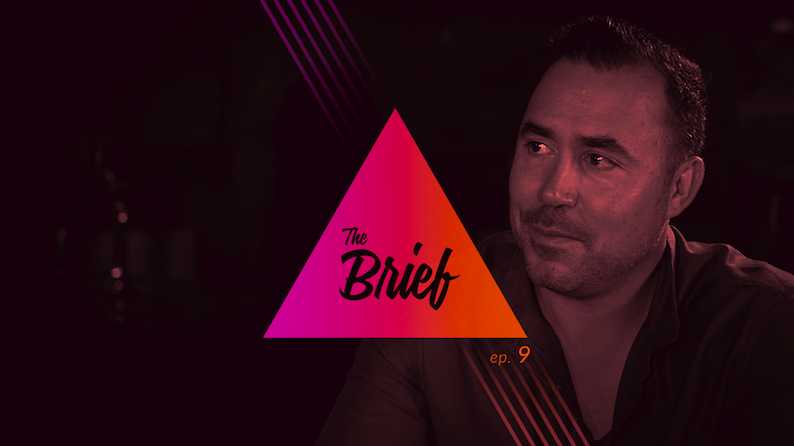Micro Content is the future of Marketing
In this episode of The Brief, Andrew sits down with tech veteran Adrian Salamunovic, who shares some of his experiences in building successful businesses and why he thinks micro content is the future of marketing. Salamunovic is a co-founder of innovative companies DNA11, CanvasPop and PopKey, and a driving force behind WorkshopX, a team of entrepreneurs, technologists, creators, and designers building great web based businesses.
A technology entrepreneur since his teenage years, Salamunovic has become known for his success in getting his companies noticed. DNA11, a company he co-founded in 2005, had its unique DNA portraits featured in many mainstream media outlets, including the New York Times, Good Morning America, and as a plot element on TV’s CSI:NY.
“If you have a remarkable product and combine that with PR, you can
create companies very inexpensively.”
– Adrian Salamunovic

Salamunovic’s latest venture is PopKey, a “3rd party keyboard for iOS 8 that offers users the ability to easily insert animated GIFs into SMS message or email.” (www.popkey.co) Animated GIFs are an example of one of the biggest trends in content marketing right now: micro content.
What is micro content?
If you use social media, you’re pretty much guaranteed to have encountered micro content on a regular basis. For example: tweets, headlines, images, and – here’s where PopKey comes in – animated GIFS.
On the surface, PopKey’s GIF keyboard offers users a simple way to enhance – or even replace – plain text messages with fun visuals. Salamunovic, however, sees PopKey as much more.
“A lot of the companies we’ve created are like icebergs –
what you see is not necessarily what’s being built.”
– Adrian Salamunovic
To establish PopKey as a powerful mobile branding platform, the company has partnered with big-name brands such as MTV, Starbucks and Nike to offer customized GIFs that let users identify with their favourite products and shows as they interact online.
Why does micro content matter?
While broader social media platforms like Instagram and Twitter remain popular, more and more mobile users are gravitating towards one-on-one interaction via messaging apps. Messages are faster and less intrusive than a lengthy email or video call. And, as Salamunovic notes, messages have a nearly 100% open rate – which makes them a prime vehicle for marketers, if they can figure out how to infiltrate the medium and offer value to users. Well-crafted micro content is ideally suited for this.
In particular, marketers are looking to micro content to engage millennials, that unique demographic of 18-34 year olds who spend hours online, have big spending power and short attention spans, and are widely felt to be wary of traditional advertising. Video, which was once thought to be a game-changer in micro content, has proven to be too labour-intensive for most users. Animated GIFs, on the other hand, let users express their personality and creativity with very little investment of time or energy, which explains their growing popularity.
It’s anyone’s guess what micro content will look like going forward. But whether it’s animated GIFs or another short and easily shareable snippet of content, Salamunovic feels he’s built a powerful platform for advertisers who previously had no easy way to break into messaging apps. “Micro content is the future, and we’re part of that,” he says.
Resources:
- http://workshopx.com/
- http://popkey.co/
- https://twitter.com/asalamunovic
- http://blog.hubspot.com/marketing/marketing-to-millennials
